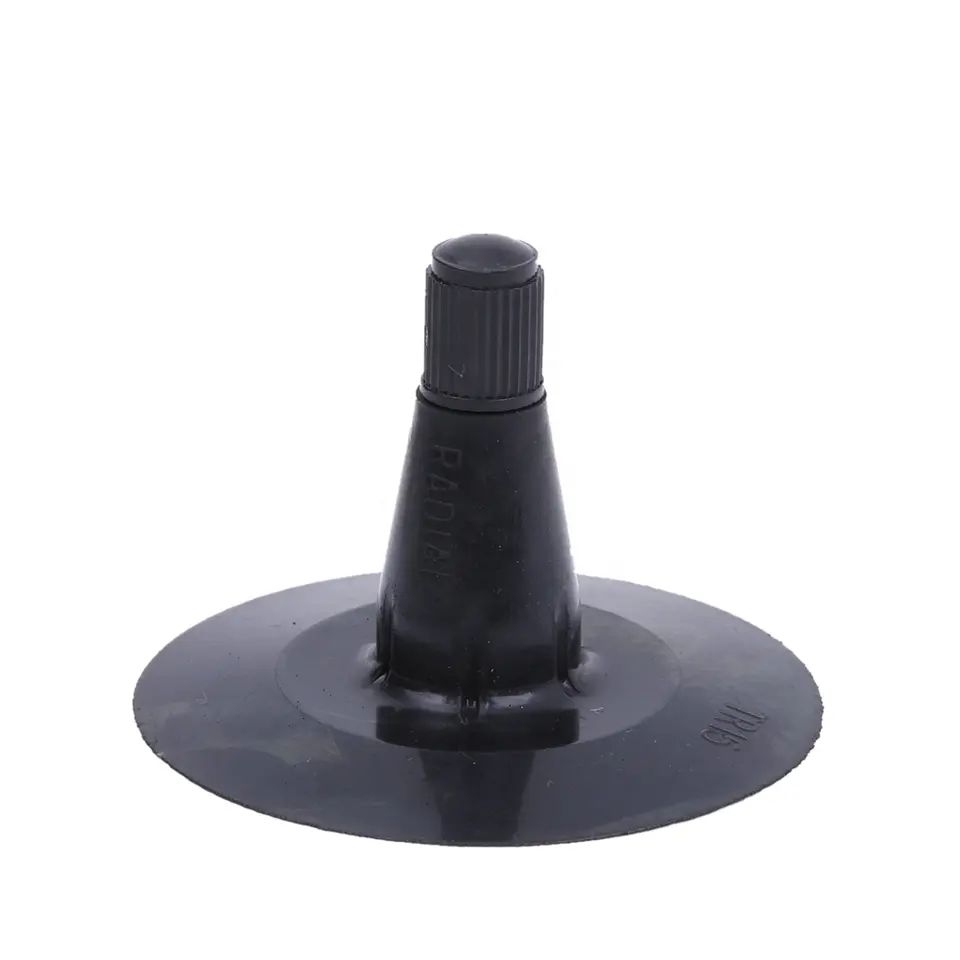The Role of Tube Valve
2024-07-04
1. Main functions
Inflating and discharging gas:
The tube valve allows the appropriate amount of air or nitrogen to be filled into the tire to ensure that the tire has the appropriate tire pressure, thereby ensuring the safe driving and riding comfort of the vehicle.
When the tire pressure is too high, a portion of the gas can be released through the tube valve to adjust to the appropriate tire pressure range.
Maintaining air tightness:
The tube valve should have good sealing performance under normal working conditions to prevent gas leakage inside the tire and ensure the stability of the tire pressure.
2. Specific functions of different types of tube valves
Valve nozzles for tube-type tires:
This type of valve nozzle is usually installed on the inner tube of the tire and is tightly combined with the inner tube through a specific connection method (such as a rubber base or a compression fit) to achieve air tightness.
Valve nozzles for tubeless tires (rim valve nozzles):
This type of valve nozzle is directly installed on the rim of the tire, and the seal is achieved by the close fit between the elastomer part of the valve nozzle and the rim. No fasteners are required during installation, which is convenient and quick.
Some tubeless valves also have the function of connecting to TPMS (Tire Pressure Monitoring System), which can monitor the tire pressure in real time and improve driving safety.
Compression-type tubeless valve:
Under the action of the fastener, the elastic seal on the valve is pressed against the rim to obtain a better sealing effect. This design is usually used in occasions with high airtightness requirements.





